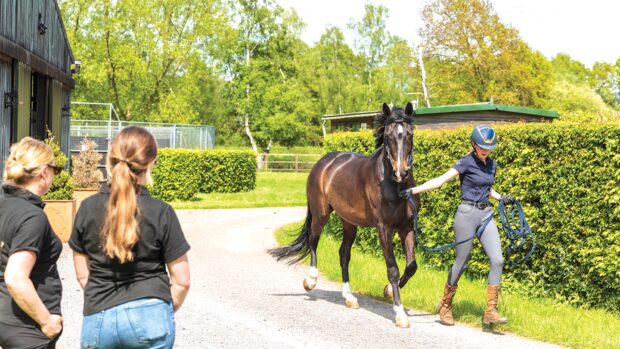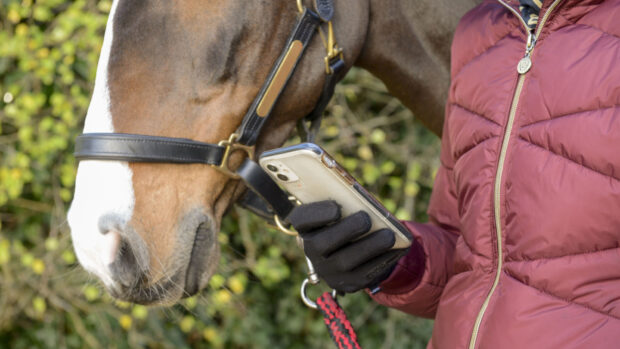Rebecca Stojak, an associate solicitor specialising in equine law, explains the steps you need to take in order to prove the ownership of a horse or pony
In the UK we don’t currently have one single document that proves ownership of a horse or pony.
A horse’s passport may be proof of identity of the horse, but it does not confirm ownership. So the question is, what does prove ownership of a horse?
In an ideal world, when you buy your horse you will have a dated receipt for any deposit and the purchase price of the horse. This should also detail who sold and bought the horse, for how much and how the purchase price was paid.
There should also, ideally, be a contract for the purchase of your horse. The contract doesn’t have to be a long document but should, for maximum protection, be drawn up by a specialist equine solicitor. The contract should contain the following, among other things:
- The date the agreement/contract is made
- The names and addresses of the seller and the buyer
- Details and a description of the horse, which could include:
• The name of the horse
• Passport number
• Freezemark number (if your horse has one)
• Microchip number (which matches the microchip number on the horse’s passport)
• Height of the horse
• Colour of the horse (and any distinguishing markings)
• Sex of the horse
• Age of the horse - That the seller confirms that they own the horse and that all the details given (above) are accurate and true;
- Details of the deposit (if there was one) for example, how it was paid and when it was paid
- Details of sale price, the date it must be paid by and again how it is to be paid.
If you don’t have a contract for the purchase of your horse, there are other documents which, in the eyes of the English courts, could be used to help prove that you own your horse. For example these documents include your historic bills and/or records for your horse in relation to their insurance (if your horse is insured), their livery, farrier and any veterinary treatments (e.g. their flu and tetanus vaccination booster).
You should also ensure that you keep copies of correspondence with the sellers of the horse together with the original advert. I would recommend that you ensure that these records are as up to date as possible, for example on your vet’s records your horse’s name and identity is clear (i.e. cannot be mistaken for another horse).
Article continues below…
You might also be interested in:

Buying a horse: Horse & Hound’s ultimate step-by-step guide
On 25 June 2018 it was also announced that new legislation is coming into force, which confirms that all horses (even those born before 30 June 2009) will need to be microchipped by 1 October 2020. There will also be a new Central Equine Database, which it is currently understood will contain the details of the horse’s microchip number together with the details of the horse’s owner.
When you buy a new horse I would recommend that you keep all documents relating to the horse in a safe place and ensure that electronic copies of documents are backed up, on a USB drive for example.
For all the latest equestrian news and reports, don’t miss Horse & Hound magazine, out every Thursday.



